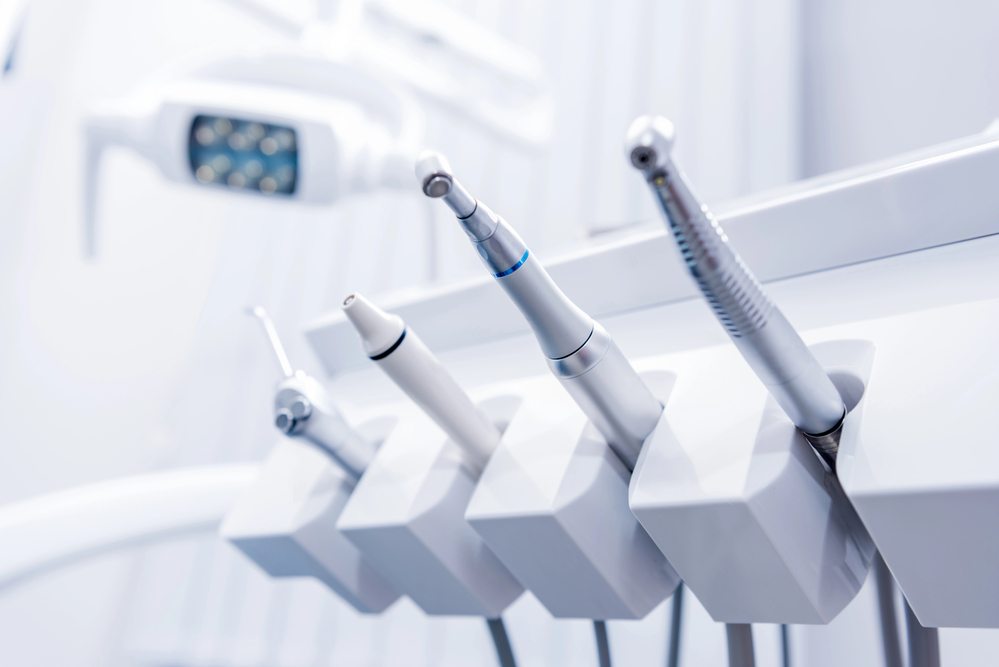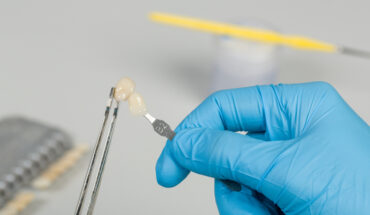
The field of dentistry has witnessed remarkable advancements in recent years, with one of the most significant being the shift towards metal-free solutions for dental fillings. As patients increasingly prioritize aesthetics, comfort, and biocompatibility, the demand for innovative materials that meet these needs has surged. This article explores the rise of metal-free dentistry, focusing on the benefits of biocompatible filling materials and their role in overcoming dental trauma.
The Evolution of Dental Fillings
Dental fillings have been a cornerstone of restorative dentistry for centuries. Traditionally, materials like amalgam—a mixture of mercury, silver, tin, and other metals—dominated the field due to their durability and cost-effectiveness. However, amalgam fillings have come under scrutiny for their potential health risks and environmental concerns. These issues, coupled with their noticeable metallic appearance, have led to a shift towards more patient-friendly alternatives.
In response, composite resins and other biocompatible materials have gained prominence. Unlike metal-based fillings, these materials are designed to blend seamlessly with the natural color of teeth, providing a more aesthetically pleasing result. Furthermore, their composition eliminates concerns about mercury exposure, making them a safer option for patients and dental professionals alike.
Dental fillings are a common and effective treatment used to restore teeth that have been damaged by decay or cavities. The procedure involves removing the decayed portion of the tooth and filling the space with a material such as amalgam, composite resin, porcelain, or gold. These materials are chosen for their durability, strength, and ability to match the natural color of the tooth, providing both functional and aesthetic benefits. Dental fillings help prevent further damage by sealing the tooth and protecting it from bacteria and food particles. The process is relatively quick with dental fillings being completed in a single visit, and can significantly improve a patient’s oral health and overall comfort.
Why Choose Metal-Free Fillings?
Metal-free fillings offer several advantages that go beyond aesthetics. They align with the principles of biocompatibility, which emphasize minimizing adverse reactions in the body. This is particularly important for patients who may have allergies or sensitivities to metals. Here are some key benefits:
1. Natural Appearance: Composite resins and ceramics closely mimic the color and translucency of natural teeth, making the fillings virtually undetectable.
2. Strength and Durability: Advances in technology have enhanced the durability of biocompatible materials, making them suitable for both front and back teeth.
3. Reduced Sensitivity: Metal-free fillings do not conduct heat or cold as readily as metal-based ones, reducing the risk of temperature sensitivity.
4. Environmental Safety: Eliminating mercury and other metals contributes to eco-friendly dental practices, addressing concerns about environmental contamination.
Overcoming Dental Trauma with Biocompatible Materials
Dental trauma can arise from various causes, such as accidents, sports injuries, or grinding teeth. When a tooth is cracked, chipped, or decayed, the choice of filling material becomes critical in restoring its function and appearance. Metal-free fillings play a crucial role in overcoming dental trauma, offering solutions that are not only effective but also minimally invasive.
For instance, composite resins can be used for direct bonding to repair chipped teeth, providing a quick and efficient solution. These materials adhere well to the tooth structure, requiring less removal of healthy tissue compared to traditional amalgam fillings. This conservative approach preserves more of the natural tooth, which is especially beneficial for patients recovering from trauma.
In more severe cases, such as large fractures or extensive decay, ceramic inlays or onlays may be used. These custom-made restorations are designed to fit precisely into the damaged area, ensuring a strong and long-lasting repair. Their biocompatible nature ensures that the restored tooth integrates well with the surrounding tissues, promoting faster healing and reduced risk of complications.
The Role of Technology in Metal-Free Dentistry
The rise of metal-free dentistry is closely tied to advancements in dental technology. Digital imaging and computer-aided design and manufacturing (CAD/CAM) systems have revolutionized the way fillings and restorations are created. These technologies enable dentists to design precise restorations that fit seamlessly, enhancing both functionality and aesthetics.
For example, CAD/CAM systems allow for the creation of ceramic fillings and crowns in a single visit, eliminating the need for temporary restorations. This not only saves time but also ensures a higher level of accuracy and comfort for the patient. Additionally, the use of 3D printing in dentistry is paving the way for even more personalized and efficient treatments.
Addressing Common Concerns
While the benefits of metal-free fillings are numerous, some patients may have concerns about their longevity and cost. It is true that biocompatible materials like composite resins and ceramics can be more expensive than traditional amalgam fillings. However, their long-term benefits often outweigh the initial investment.
Proper care and regular dental check-ups are essential to maintaining the longevity of these fillings. Avoiding habits like chewing on hard objects and using a mouthguard during sports can help protect restorations from damage. By adopting these preventive measures, patients can enjoy the functional and aesthetic benefits of metal-free fillings for many years.
The Future of Biocompatible Dental Fillings
The future of dentistry is undoubtedly leaning towards greater personalization and innovation. Researchers are exploring materials that not only repair teeth but also promote regeneration. For instance, bioactive glass and nanocomposite materials show promise in stimulating the growth of natural tooth structure, potentially reducing the need for repeated treatments.
Moreover, the integration of artificial intelligence (AI) and machine learning into dental practices is enhancing the precision and efficiency of restorative procedures. These technologies are expected to further improve the design and application of metal-free fillings, making them an even more attractive option for patients worldwide.
Metal-free dentistry represents a significant advancement in the field of restorative care. By prioritizing biocompatibility, aesthetics, and functionality, these innovative filling materials are transforming the patient experience. Whether it’s overcoming dental trauma or addressing routine cavities, biocompatible fillings offer a safer, more effective solution that aligns with modern healthcare values. As technology continues to evolve, the potential for even more groundbreaking developments in this area is limitless, ensuring that dental care remains both cutting-edge and patient-centered.




